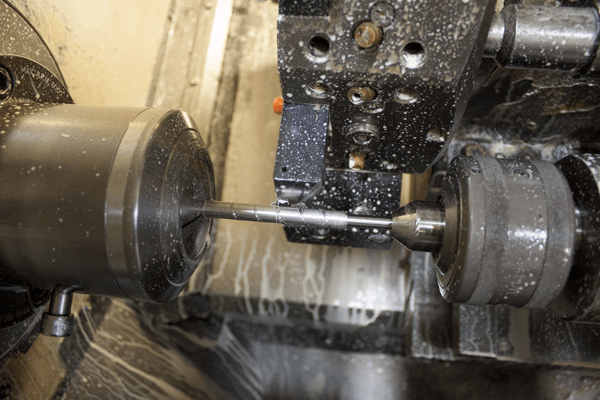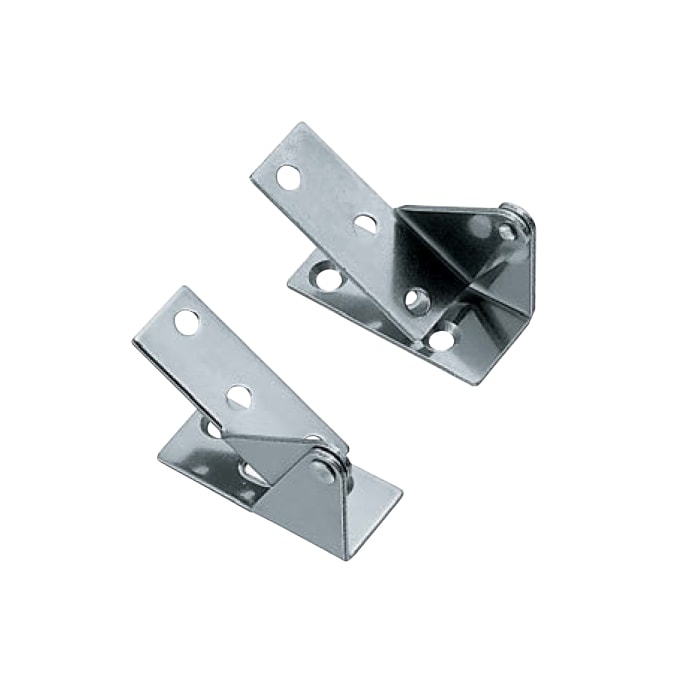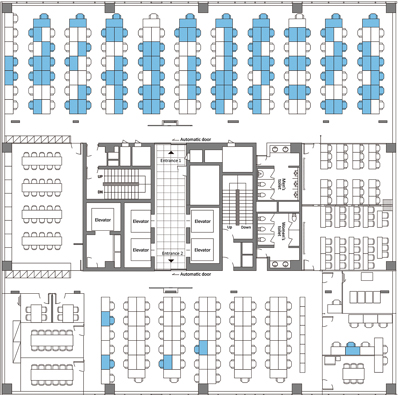Manufacturing Process: Turning
Process of turning

Turning is a machining operation performed on a lathe in which the workpiece rotates at high speeds while a fixed cutting tool removes material.
The most obvious use for a lathe is to manufacture pins. A lathe can turn complete parts including the formation of a head or radial grooves such as those found on a headless pin.
Lathes can be equipped with live tooling that consists of a second small spindle that is positioned perpendicular to the workpiece (in the same plane as the tool). Live tooling is used to produce transverse features such as a cross hole in a pin.
Lathes have a tailstock that interferes with the end of the workpiece opposite the turret (which holds the chuck and spins the workpiece). The tailstock provides rigidity to the workpiece to minimize chatter and deformation when the part is being cut. Chatter is an undesirable attribute because it can interrupt the contact of the tooling with the workpiece. If the cutting tool does not maintain rigid and constant contact with the workpiece, excessive chatter can bend or deform the workpiece.
Turning and Facing
Among the more basic processes of a lathe are turning and facing. Turning is a material removal process where the tool is primarily parallel to the workpiece rotation. With facing, the tool is located at a right angle to the turret.
Parting and Grooving
Parting and grooving are other common lathe processes. Parting is a turning operation that uses a single‑point cutoff tool to sever a section of workpiece from raw stock. Grooving works similarly except the workpiece is not severed. There are many different groove styles that can be produced by using specialized tooling.
Boring
Lathes can be used to bore tapered or cylindrical holes by using a single‑point cutting tool mounted to the tail stock that moves parallel to the axis of rotation. The tail stock can also be equipped with drilling or reaming tools to create holes in the axis at one end of (or all the way through) a part. All drilling and reaming performed on Huyett lathes is done using a multi‑station tool turret.
Huyett uses automatic bar feed equipment and off‑line programming to increase production and minimize setup time.
Relevant question
What is the principle of turning?
Turning operates on a simple yet effective principle: The workpiece is rotated at high speed while a single point cutting tool traverses along the workpiece’s surface, cutting off a thin layer of material. The cutting action takes place at the point where the tool’s cutting edge meets the workpiece.

